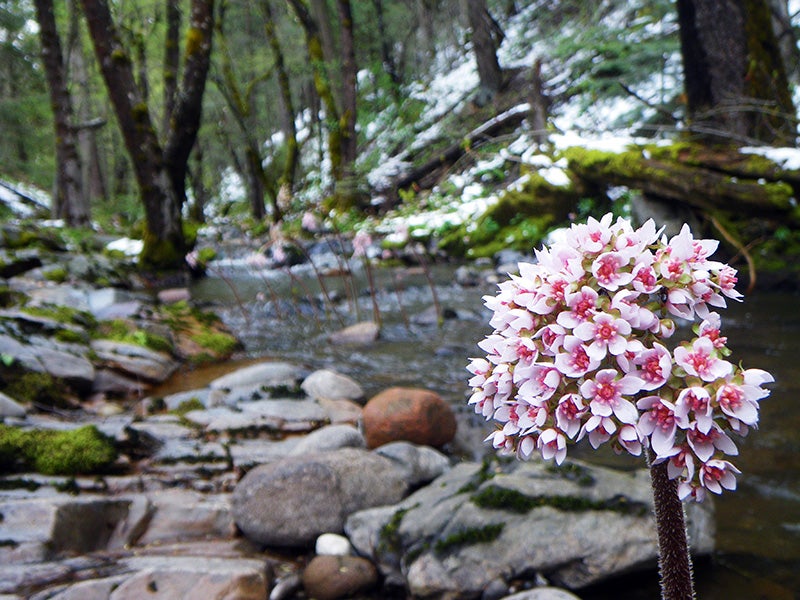Challenging the Stanislaus National Forest Travel Management Plan
The Forest Service's decision gave the green light to noisy and highly destructive dirt bikes, all terrain vehicles and other off-road vehicles to cross into unroaded areas, fragile streams and meadows.
Clients
Regional Office / Program
Case Overview
Earthjustice represented conservation groups in challenging the Forest Service’s adoption of a motorized travel management plan that failed to minimize damage from off-road vehicles (ORV) in the Stanislaus National Forest, a popular recreational destination in California that encompasses approximately 900,000 acres on the western slope of the Sierra Nevada mountain range in California. The suit alleged that the Forest Service failed to minimize, or disclose to the public, all of the direct, indirect and cumulative impacts of the travel plan on forest resources, including roadless areas, watersheds, soil, vegetation and rare and sensitive species and their habitat, in violation of federal environmental laws.
The Forest Service’s decision gave the green light to noisy and highly destructive dirt bikes, all terrain vehicles and other off-road vehicles to cross into unroaded areas, fragile streams and meadows. All told, the decision opened 136 miles of unauthorized off-road trails and 67 miles of roads that were previously closed to the public and, in so doing, approved a massive network of roads and trails for off-road vehicle use in the forest.
Of particular concern to Earthjustice and its clients were the facts that the travel management plan added significant mileage of illegally created ORV routes in pristine roadless areas, wild and scenic rivers, and habitat for rare and sensitive species, such as the California spotted owl, northern goshawk, Pacific fisher and western pond turtle.
The challenged plan also failed to take steps to remedy extensive resource damage caused by both existing and new ORV routes. This lawsuit is part of a concerted campaign by Earthjustice and the environmental community to ensure that the federal government takes all necessary steps to avoid and minimize destruction of native ecosystems caused by off-road vehicle use of our shared public lands.
In January of 2013, a federal judge ruled that the U.S. Forest Service failed in its management of forest trails created by off-road vehicles in the Stanislaus National Forest, stating that the travel management plan violated federal law because it did not minimize damage to the environment caused by off-road vehicles.

Case Updates
Case page created on January 19, 2011.